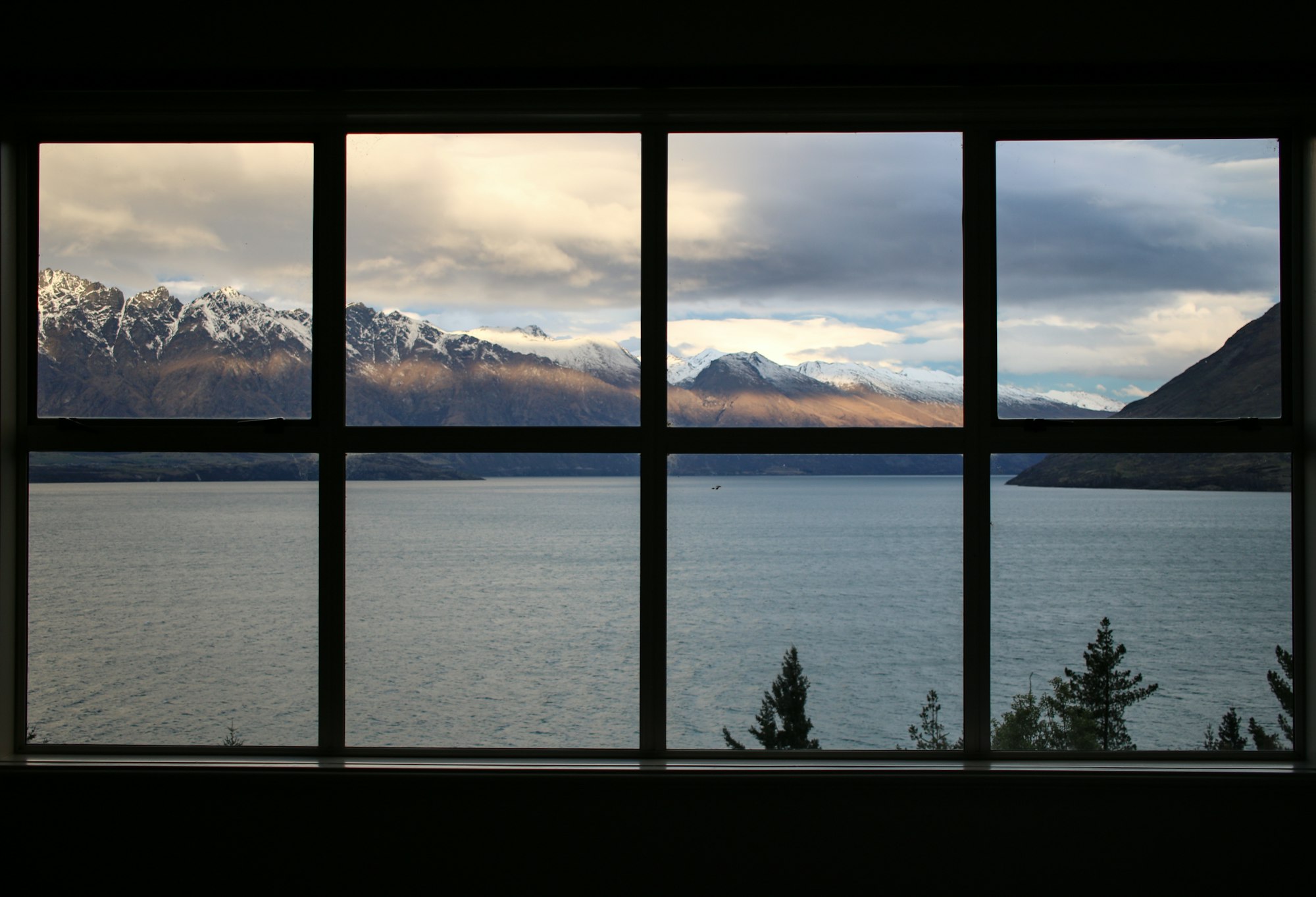Before you start dreaming about floor plans and interior designs though, you need to consider the wind classification for your building site. The wind classification refers to the amount of wind forces your future home may have to withstand based on several factors. There are 5 key factors that determine how much wind your perfect house will have to brace itself against according to Australian Standard AS 4055.
Geographic Wind Region: Regional Wind Speeds in AS 4055
The wind region your new home is located in depends on the average wind speed in that area according to AS 4055, the Australian standard for wind loads. The higher the wind speed, the higher the wind classification.
1. Geographic Wind Region: Regional Wind Speeds
Where your home is situated geographically determines the base wind speed for its location. The windier the area, the higher the classification. Coastal or exposed areas typically have the highest speeds and classifications. More sheltered inland spots usually have lower classifications.
The terrain surrounding your building site also impacts the wind speed and classification. Obstacles like hills, ridges, trees or other buildings can alter wind flow, increasing or decreasing speed. Open terrain with no obstructions leads to higher speeds and classifications.
The topography or lay of the land at your specific building site further refines the classification. Crests of hills and exposed areas have higher wind loads. Valleys and sheltered areas have lower loads.
Any shielding at the site like dense trees, vegetation or nearby structures provides protection, allowing for a lower classification. Lack of shielding results in higher wind loads to account for full wind exposure.
The distance from a coastline or other high wind region establishes the base wind speed for a location. The closer to an exposed area, the higher the wind classification. More inland sites are subject to lower wind speeds and classifications.
By evaluating all these factors, the appropriate wind classification for a building site can be determined. The classification then specifies the required structural standards to withstand the expected wind loads at that location.
Terrain Category (TC): Height of Surrounding Structures
The terrain category (TC) refers to the height of structures surrounding your building site. This includes things like neighbouring houses, trees or other obstructions that could affect wind flow. The TC is rated from 1 to 4, with 1 being open terrain with few obstructions and 4 having closely spaced high-rise buildings.
For a TC1 site, there are no obstructions like buildings within 500m. This exposes the site to the highest wind speeds. TC2 has scattered obstructions less than 10m high within 500m, such as isolated houses or trees. At TC3, there are numerous obstructions 10-20m high within 500m, e.g. single or double story houses. Finally, TC4 has closely spaced obstructions over 20m high within 500m, like apartment buildings.
The higher the TC, the more shielding surrounding structures provide. However, downwind of obstructions, wind can accelerate and become turbulent. Turbulence causes rapid changes in wind speed and direction that put extra stress on buildings.
To determine your TC, survey what's around your site within a 500m radius. Measure the height and spacing of any buildings or trees. Then compare to the TC descriptions to find the closest match. Some sites may fall between two TCs, in which case the higher, more conservative TC should be used for safety.
Knowing the TC of your site, along with the other wind factors, will help engineers design a building suited to your area's particular conditions. The right design helps ensure your home is optimally resilient in the face of high winds, for protection of both life and property.
Topographic Class: Is the Site on a Hill?
The topography of your building site plays an important role in determining its wind classification. Topography refers to the shape and features of the land, like hills, valleys and slopes. If your site is located on an exposed hilltop or ridge, it will experience stronger wind speeds than a site within a valley.
Wind Exposure on Hills
Building on a hill exposes more of your home's surface area to the wind, increasing the total wind load. The wind speed also tends to accelerate as it blows over the top of a hill, creating turbulence and gusty conditions. These factors mean hilltop sites typically have a higher wind classification, often in the Very High to Cyclonic range.
Construction on hilltops requires careful engineering to ensure structural stability. Deeper foundation footings, reinforced frames and extra bracing are commonly needed. Choosing a site lower down on a hillside or at the base of a hill can help reduce wind exposure and lower costs. If a hilltop location can't be avoided, consider positioning the building so that its longest side faces into the wind. This minimises the surface area exposed to high wind speeds.
Shielding and Channelling
The shape and terrain surrounding a hill can also influence wind conditions. Obstacles like trees, buildings or land forms placed upwind can shield and redirect the flow of wind over a hill. Gaps or valleys in the terrain may channel stronger wind speeds onto a site. Your wind engineer will evaluate how the specific topography around your hill impacts wind at the site to determine the appropriate classification.
In summary, hilltop sites are more prone to higher wind speeds and loads due to increased exposure and acceleration of wind over the terrain. Careful site evaluation, structural design and wind shielding techniques can help create a safe, stable building environment, even on the most exposed hilltop locations. But when possible, choosing a site with less wind exposure lower on a hill is the easiest way to achieve a lower wind classification.
Shielding: Trees and Other Barriers
The trees, buildings and other structures surrounding your building site can provide shielding from the wind, impacting its classification. As the wind flows around barriers, its speed decreases in the shadow zone behind them.
Natural barriers
Mature trees are the most common natural wind barrier. As a rule of thumb, a dense tree line will reduce the wind speed by 50-70% in the first five tree heights behind it. So if you have rows of tall trees, especially evergreens, along the windward side of your property, your site will likely qualify for a lower wind classification.
Artificial barriers
Man-made structures like neighbouring houses, sheds or fences can also shield your site from the wind. For an obstruction to be considered, it must be within five times its height of your building site and be solid enough to provide substantial shelter. Chain link fences or open-framed buildings won’t cut it. Solid walls, especially brick or concrete, are ideal.
The key is that for any barrier, natural or artificial, the closer and taller it is relative to your site the more effective the shielding will be. However, keep in mind that over time trees may be felled and structures demolished, removed or altered. It’s best not to rely solely on existing shielding that you have no control over for the lifetime of your home.
When determining your site’s wind classification, your building surveyor will evaluate the shielding effect of any significant barriers. They may even do on-site wind speed measurements to quantify the reduction. Substantial, permanent shielding could lower your classification by one or more categories, so it’s worth accentuating any natural or artificial wind barriers you have. A lower classification means less stringent building requirements, which can save you money during construction.
Distance From Coastline or High Wind Region
The distance of your building site from the coastline or a high wind region is the final factor determining its wind classification. The closer a site is to an area exposed to higher wind speeds, the higher the wind loads that need to be considered in the building's design.
Coastal sites face the full brunt of strong onshore winds and are prone to damage from salt spray. Sites within 1 kilometre of the coast automatically receive a higher wind classification. As you move further inland, wind speeds decrease due to ground friction and sheltering from natural and man-made features. Sites 3 kilometres or more from the coast will typically experience lower wind speeds and less exposure, allowing for a lower wind classification.
Sites located on wide rivers are also affected by increased wind speeds. The air speed increases over bodies of water so it is important to check with google maps the width of rivers if your sits is situated on one as this will increase the wind rating.
Areas designated as high wind regions on planning scheme maps also warrant special attention. These could be elevated areas, gaps in ranges, or locations known for extreme weather events. Your site's proximity to these high wind regions impacts its wind classification. The closer the site is, the higher the classification that will be required.
It's a good idea to check with your local council or building surveyor regarding any designated high wind areas in your vicinity. They will determine how close is too close based on historical weather data for your region. Don't assume that just because you're a few streets away from an exposed hilltop or coastal area that your site will automatically have a lower wind classification. Sometimes even a small distance can still result in higher wind loads that must be accounted for in your building's design and construction.
In summary, your site's distance from the coastline and any designated high wind regions is a key factor in determining its wind classification under AS 4055. The closer the proximity, the higher the classification will need to be to ensure your building can withstand the wind speeds and weather events common to that area. When in doubt, it's best to err on the side of caution for the safety and stability of your new home.
Conclusion
While it may seem complex, understanding these elements will help ensure your house is built to withstand the environmental conditions of your location. Don't just assume any old design will do - check with your local council and builder to make sure your new home's structure suits your terrain and climate. Ask your builder how they came up with the wind rating for your home. Did they consult with an engineer, make it up, how did they arrive at the wind design rating value?
Further Reading













